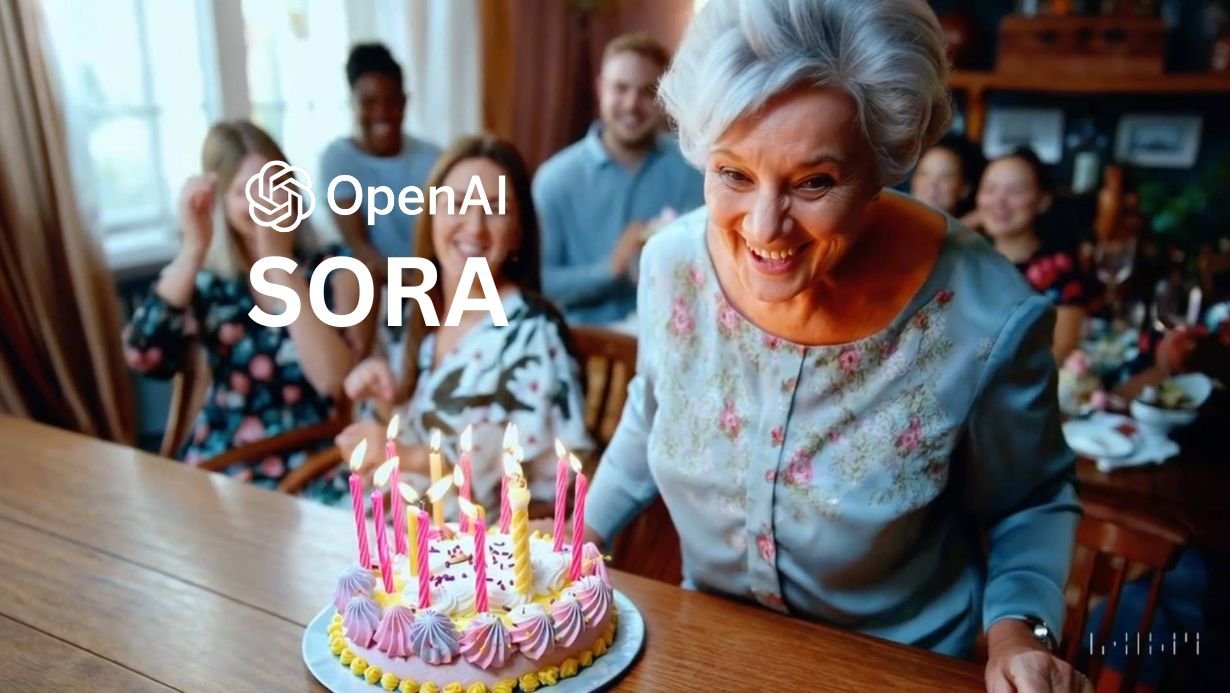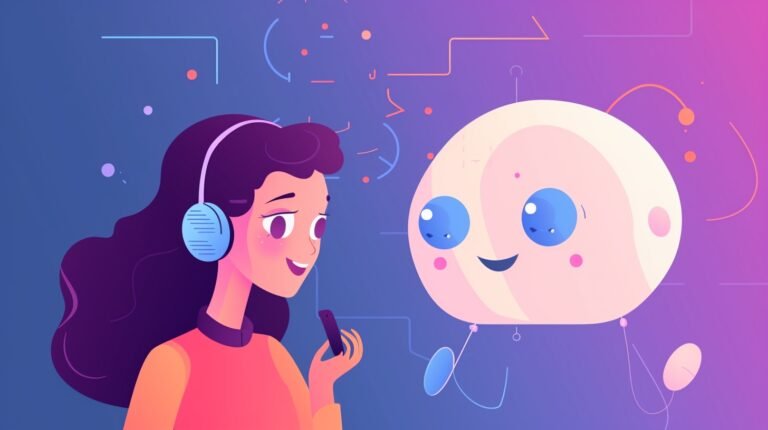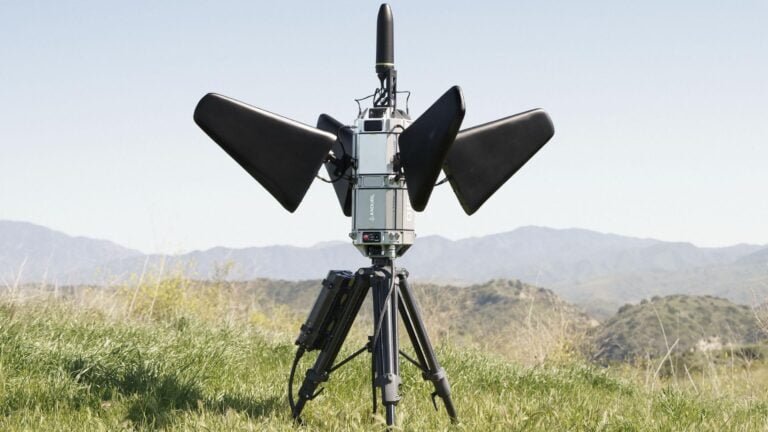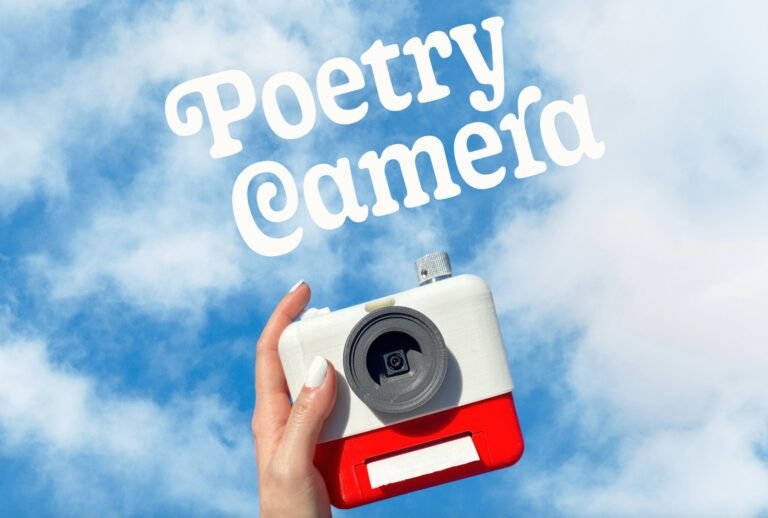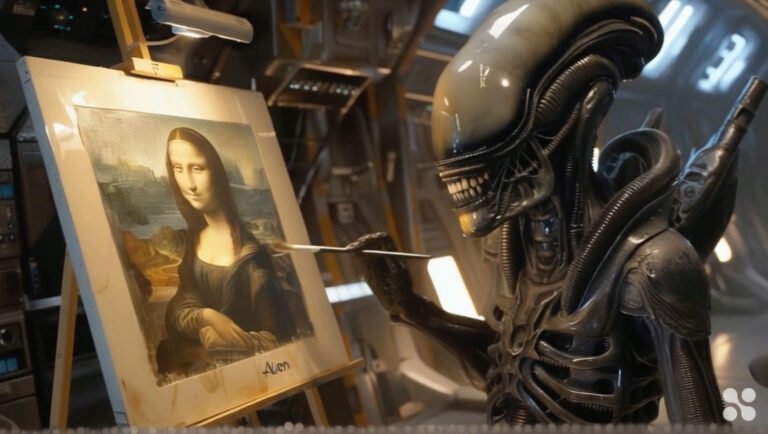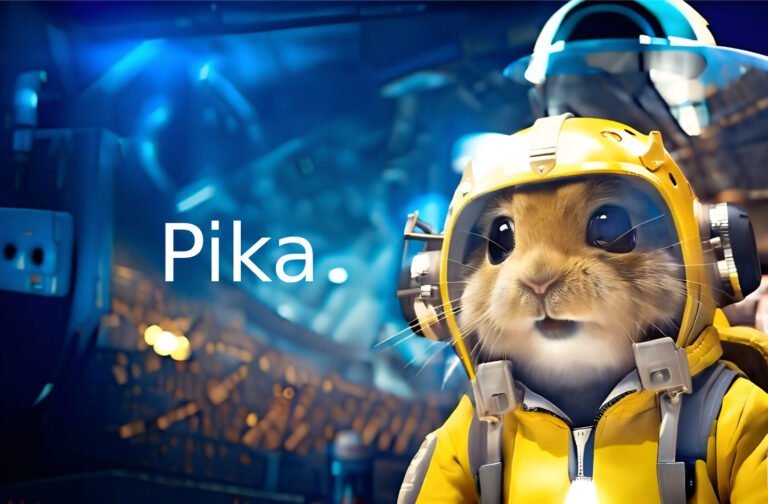Sora: Revolutionary Text-to-Video from OpenAI
Introduction
Ever felt like you could conjure a video simply by describing it with words? Well, brace yourselves, because the world of artificial intelligence is making that science fiction a reality.
Imagine being able to whip up a promotional video for your business, explain a complex scientific concept in a visually engaging way, or even create a personalized birthday message – all without ever picking up a camera. This is the potential of AI-generated video, and OpenAI’s Sora is at the forefront of this exciting new frontier.
However, with great power comes great responsibility, as the saying goes. While AI-generated video holds immense promise, it also raises ethical concerns that need to be carefully considered. We’ll delve into both the opportunities and challenges surrounding Sora in this comprehensive guide. So, buckle up and get ready to explore the fascinating world of text-to-video AI!
What is Sora and How Does it Work?
So, what exactly is Sora, and how does it weave its magic?
Sora is a cutting-edge text-to-video model developed by OpenAI, a renowned research lab dedicated to exploring the potential of artificial intelligence. It essentially functions as a powerful storyteller, able to transform simple text prompts into photorealistic video sequences.
Think of it like this: you provide Sora with a written description of a scene, like “a majestic hot air balloon soaring over the colourful landscape of Cappadocia,” and the model interprets your words, conjuring visuals and generating a short video clip that brings your description to life.
But how does Sora achieve this seemingly fantastical feat? It utilizes a complex technology known as a generative AI model. In layman’s terms, imagine a giant library filled with countless images and videos. Sora is trained on this massive dataset, allowing it to learn the relationships between words and their corresponding visual representations. When you provide a text prompt, Sora sifts through its knowledge base, identifies relevant patterns, and stitches together a video sequence that aligns with your description.
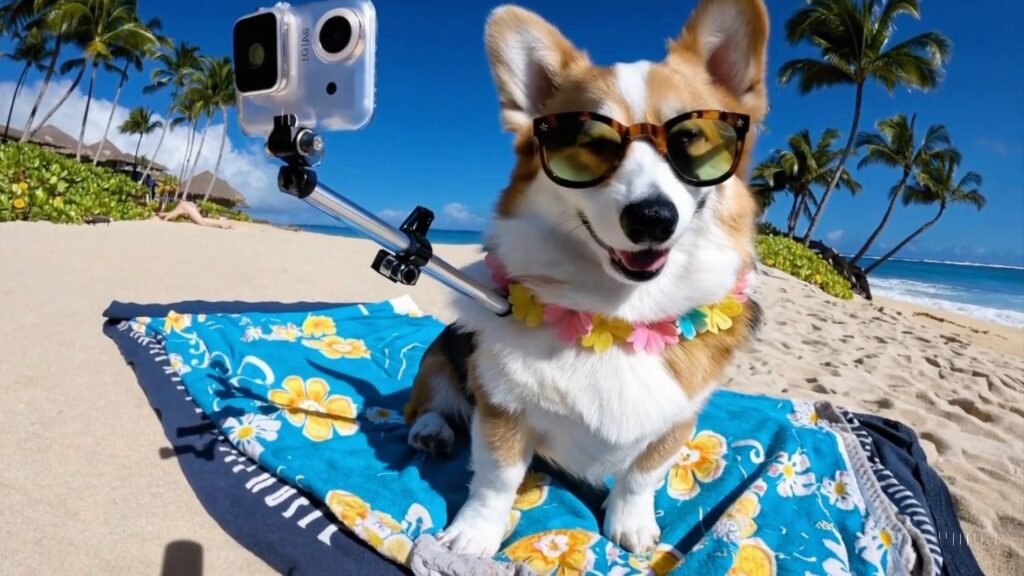
It’s important to note that Sora is still under development, and there are limitations to its capabilities. Currently, it can only generate videos up to 60 seconds long, and the resolution isn’t quite on par with high-end film productions. However, the potential for future advancements is truly astounding, and experts believe that AI-generated video technology like Sora is poised to revolutionize the way we create and consume visual content.
How to Use Sora and Examples of its Applications
While the prospect of conjuring videos with mere words is exciting, it’s important to understand that Sora is not yet readily available to the public. OpenAI is currently granting limited access to the model through a waitlist system, prioritizing creators, educators, and researchers to explore its potential and gather feedback. This cautious approach reflects the ethical considerations surrounding AI-generated content, and OpenAI is aiming to ensure responsible use of the technology before widespread adoption.
However, based on the information released by OpenAI and various demonstrations showcased online, we can get a glimpse of what using Sora might entail. The process is expected to be relatively straightforward, involving a user-friendly interface where you can input your text prompt. You’ll likely have some options to customize the video, such as choosing the style, tone, or mood you desire. Once you’re satisfied with your prompt and settings, Sora will take over, interpreting your instructions and generating the video.
Even with its limited accessibility, glimpses of Sora’s capabilities have sparked imaginations across various industries. Here are a few samples:
Prompt: A stylish woman walks down a Tokyo street filled with warm glowing neon and animated city signage. She wears a black leather jacket, a long red dress, and black boots, and carries a black purse. She wears sunglasses and red lipstick. She walks confidently and casually. The street is damp and reflective, creating a mirror effect of the colorful lights. Many pedestrians walk about.
Prompt: A movie trailer featuring the adventures of the 30 year old space man wearing a red wool knitted motorcycle helmet, blue sky, salt desert, cinematic style, shot on 35mm film, vivid colors.
Prompt: A young man at his 20s is sitting on a piece of cloud in the sky, reading a book.
These are just a few examples, and the possibilities are truly endless. As Sora evolves and becomes more accessible, we can expect even more innovative applications to emerge, transforming the way we create, learn, and interact with visual content.
The Potential of Sora and its Impact on Different Industries
Sora’s ability to generate photorealistic videos from simple text prompts holds immense potential for various industries, promising to revolutionize the way we create and consume visual content. Here, we’ll explore some of the exciting possibilities:
Education
Sora could become a powerful tool for educators, enabling them to:
Prompt: A gorgeously rendered papercraft world of a coral reef, rife with colorful fish and sea creatures.
- Create engaging and interactive learning experiences: Imagine historical events coming to life through immersive simulations, or complex scientific concepts being explained through visually captivating animations. Sora could personalize learning experiences by tailoring video content to individual student needs and learning styles.
- Enhance accessibility: By generating videos with text overlays and closed captions, Sora could make educational content more accessible for students with disabilities.
Marketing & Advertising
Businesses have the potential to leverage Sora for:
- Crafting dynamic product demonstrations: Imagine showcasing your product’s features and benefits through compelling video presentations without the need for expensive filming or animation.
- Personalizing marketing messages: Sora could generate targeted video ads that resonate with specific demographics or customer segments, increasing engagement and conversion rates.
- Creating engaging social media content: Eye-catching and shareable video content generated by Sora could help businesses stand out on social media platforms and connect with their target audience in a more impactful way.
Entertainment & Storytelling
The potential for creative expression with Sora is vast, allowing individuals and professionals to:
Prompt: Archeologists discover a generic plastic chair in the desert, excavating and dusting it with great care.
- Develop personalized video greetings: Imagine sending birthday wishes or heartfelt messages to loved ones through unique and visually engaging video creations.
- Craft captivating short stories: Budding writers and filmmakers could use Sora to bring their stories to life through short animated films or visual interpretations of their scripts.
- Generate music videos: Musicians or music producers could leverage Sora to create visual accompaniments for their music, adding another dimension to their artistic expression.
Prompt: A grandmother with neatly combed grey hair stands behind a colorful birthday cake with numerous candles at a wood dining room table, expression is one of pure joy and happiness, with a happy glow in her eye. She leans forward and blows out the candles with a gentle puff, the cake has pink frosting and sprinkles and the candles cease to flicker, the grandmother wears a light blue blouse adorned with floral patterns, several happy friends and family sitting at the table can be seen celebrating, out of focus. The scene is beautifully captured, cinematic, showing a 3/4 view of the grandmother and the dining room. Warm color tones and soft lighting enhance the mood..
Ethical Considerations
However, alongside the undeniable potential, it’s crucial to acknowledge the ethical considerations surrounding AI-generated video technology. Concerns include:
- The potential for misuse: Deepfakes, or realistic video forgeries, could be created using technology similar to Sora, raising concerns about misinformation and manipulation. A recent example of this misuse involved the creation of a deepfake video featuring podcast host Bobbi Althoff, highlighting the potential harm such technology can cause when used unethically.
- Job displacement: As AI-generated video becomes more sophisticated, there are concerns that some creative professionals in the video production industry could face job displacement.
It’s essential to address these challenges responsibly and ensure that AI-generated video technology is used ethically and for the benefit of society.
Conclusion
OpenAI’s Sora, a text-to-video model in its early stages, can transform written descriptions into video content. This holds promise for industries like education and entertainment, but ethical considerations around this powerful AI tool necessitate open discussions and responsible development to ensure societal benefit.
Looking for an alternative text-to-video AI Generator? Check out Pika!

